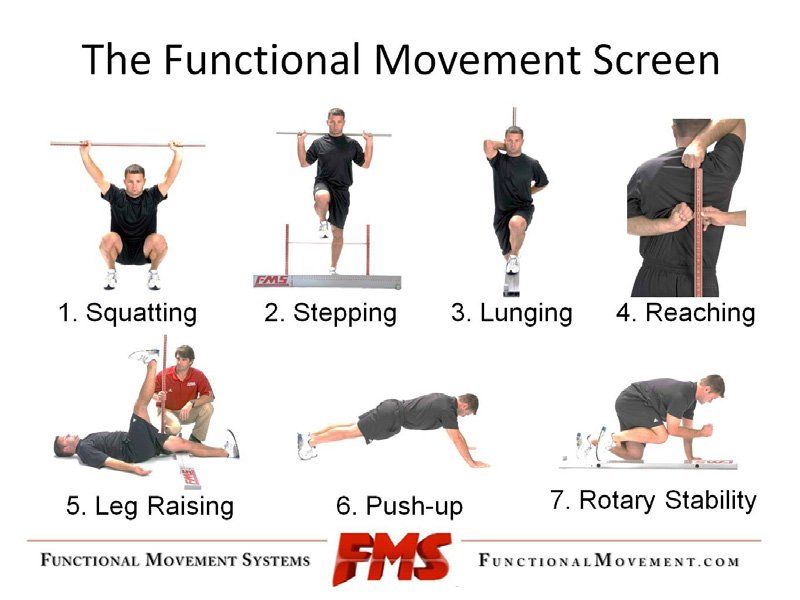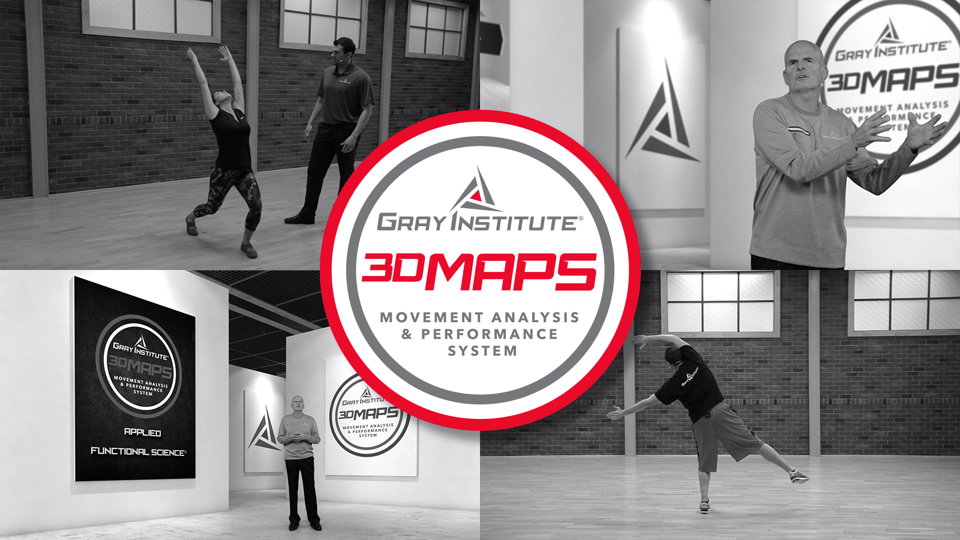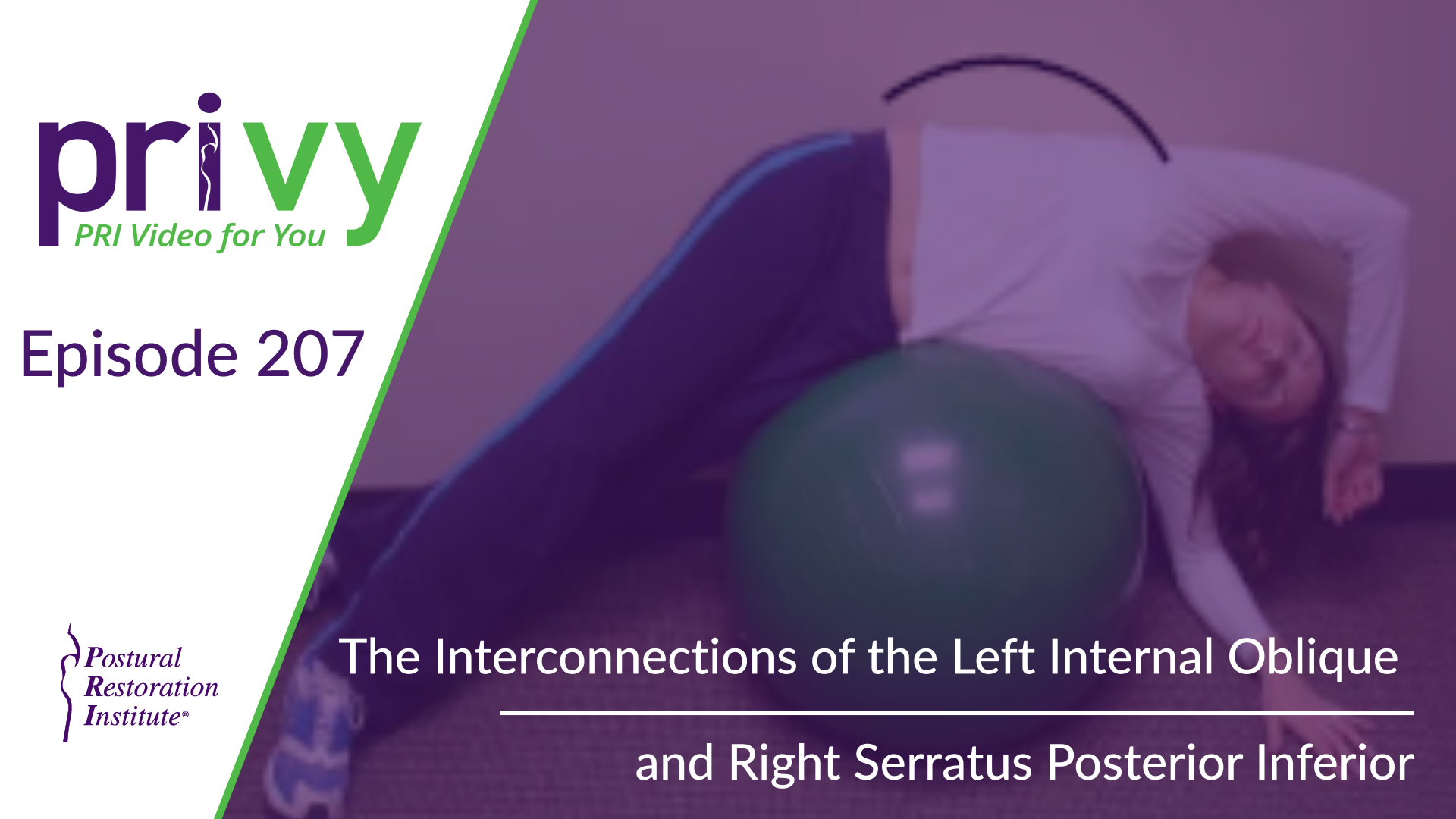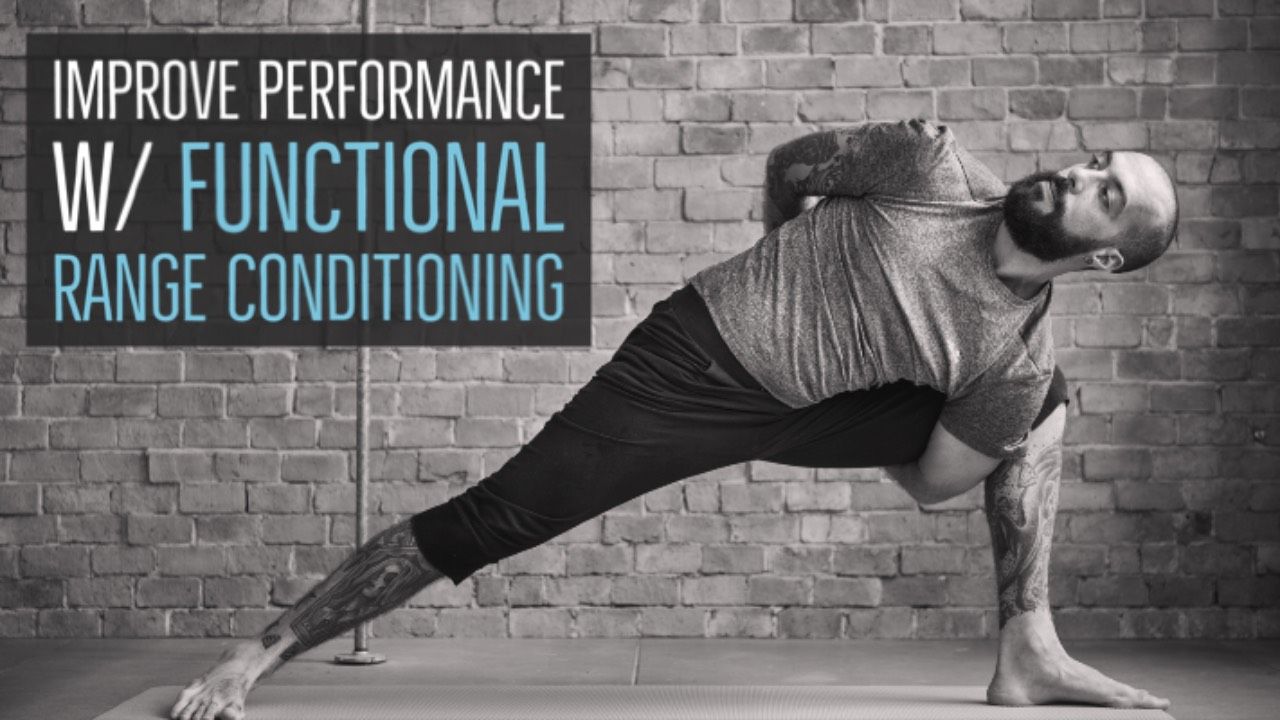Let me share something that
fundamentally changed my approach to coaching: During my early years as a
strength coach, I encountered a client –
let's call him Mike –
who came to me
with chronic shoulder pain during bench pressing.
Like many coaches, I initially
focused on the obvious: form corrections, mobility drills to improve range of
motion, and load management.
But despite these interventions,
Mike's progress remained stagnant.
It wasn't until I implemented a
systematic movement assessment that I discovered the real issue: poor scapular
stability and compromised thoracic mobility were forcing his shoulders to
compensate during pressing movements.
This revelation transformed not just
Mike's training outcomes, but my entire approach to coaching.
Without an assessment it's incredibly
hard to discern where the movement challenge, and pain is coming from.
Is it from weak muscles or a lack of
core strength?
Are there tight muscles, affecting the
entire kinetic chain?
Is the goal to create muscle balance,
or something else?
Here's a striking statistic that
underscores the importance of what I'm about to share:
According to recent NSCA
research, a staggering 68% of recreational athlete injuries could be prevented
through proper movement screening and correction of fundamental movements.
Think about that for a moment – more
than two-thirds of training-related setbacks could be avoided with the right
assessment tools.
Let's be honest: many of us in the fitness industry have relied too heavily on intuition and generic templates when assessing client movement patterns.
While experience and intuition certainly have their place, the complexity of human movement demands a more systematic approach.
Consider this:
when was the last time you truly analyzed your client's movement patterns beyond basic exercise execution?
The challenge isn't just about identifying problems – it's about having a reliable, repeatable system for both fundamental movement assessment and correction.
Without such a system, we risk:
1. Missing crucial movement compensations that could lead to injury
2. Implementing ineffective corrective strategies
3. Failing to track progress objectively
4. Undermining our professional credibility
The Eight Essential Movement Assessment Systems
Let's dive deep into the systems that
have revolutionized my approach to movement assessment and correction.
Each of
these tools offers unique insights and practical applications that can
immediately enhance your coaching effectiveness.
1. Functional Movement Screen (FMS)

The FMS stands as one of the most well-researched movement assessment tools in our field.
What makes it particularly valuable is its systematic approach to identifying movement asymmetries and limitations through seven fundamental movement patterns.
Key Components:
• Deep squat assessment
• Hurdle step evaluation
• Inline lunge analysis
• Shoulder mobility testing
• Active straight leg raise
• Trunk stability push-up
• Rotary stability assessment
Implementation Strategy:
Think of the FMS as your movement quality baseline.
Begin each new client relationship with this screen, paying particular attention to left-right asymmetries and movement quality scores below 2 (on the 0-3 scale).
Document these findings meticulously – they'll serve as valuable reference points for progress tracking.
Practical Application Example:
When a client scores poorly on the deep squat assessment, don't immediately jump to mobility drills. Instead, use the FMS's hierarchical approach to determine whether the limitation stems from ankle mobility, hip function, or thoracic spine restrictions.
This systematic approach utilizes basic movements to tease out movement strategies being used by the client, and ultimately prevents the common mistake of treating symptoms rather than causes.
2. Y-Balance Test (YBT)

The YBT represents a quantum leap forward in assessing dynamic stability and movement control.
Unlike static balance tests that focus on the sagittal plane, it challenges the body's ability to maintain stability while moving through three planes of motion.
Key Features:
• Anterior reach assessment
• Posteromedial reach evaluation
• Posterolateral reach measurement
• Comparative analysis between sides
Implementation Strategy:
Incorporate the YBT as part of your initial assessment battery, particularly for clients involved in dynamic sports or activities.
Pay special attention to side-to-side differences exceeding 4cm, as research has shown this to be a significant injury risk factor.
Real-World Application:
Consider an athlete recovering from an ACL reconstruction. The YBT provides objective data about their dynamic stability and movement control, helping you make informed decisions about return-to-play readiness and identifying areas that need additional focus in rehabilitation.
3. Selective Functional Movement Assessment (SFMA)

The SFMA takes movement assessment to a clinical level (it's highly usable for physical therapists), making it particularly valuable when working with clients experiencing pain or returning from injury. Its genius lies in its ability to differentiate between pain-driven movement limitations and true mobility/stability deficits.
Key Categories:
• Cervical spine patterns
• Upper extremity patterns
• Multi-segmental patterns
• Single-leg stance
• Overhead patterns
Clinical Integration Example:
When a client presents with shoulder pain during overhead pressing, the SFMA guides you through a logical progression:
Is the limitation due to cervical spine dysfunction?
Thoracic mobility restrictions?
Scapular stability issues?
This systematic movement assessment process prevents the common mistake of treating symptoms in isolation.
4. Gray Institute's 3D Movement Analysis

The Gray Institute's approach revolutionizes how we view movement by emphasizing its three-dimensional nature.
This system helps us understand how movement occurs through all planes of motion simultaneously.
Key Principles:
• Chain reaction biomechanics
• Tri-planar movement analysis
• Applied functional science
• Movement authenticity assessment
Practical Implementation:
When analyzing a lunge pattern, don't just look at sagittal plane movement. Consider how the frontal and transverse planes contribute to the movement's efficiency and effectiveness.
This three-dimensional understanding often reveals compensations that might be missed in traditional single-plane analysis.
5. Postural Restoration Institute (PRI) Approach

The PRI system brings a unique perspective by addressing the body's inherent asymmetries and their impact on fundamental movement patterns.
It's particularly valuable for understanding how breathing mechanics influence posture and movement.
Core Concepts:
• Respiratory influence on posture
• Neurological positioning
• Asymmetrical patterns
• Zone of apposition (ZOA)
Clinical Application:
When working with clients showing asymmetrical movement patterns, start by assessing their breathing mechanics. Often, restoring proper diaphragmatic function through PRI techniques can lead to immediate improvements in movement quality and stability.
6. Functional Range Conditioning (FRC)

FRC represents a cutting-edge approach to joint health and mobility development. It focuses on building strong, resilient joints through controlled articular rotation (CARs) and progressive mobility training, ultimately leading to greater joint movement and movement efficiency.
Key Components:
• Controlled Articular Rotations (CARs)
• Progressive Angular Isometric Loading (PAILs)
• Regressive Angular Isometric Loading (RAILs)
• End-range control development
Implementation Strategy:
Begin each training session with a comprehensive CARs routine, paying particular attention to joints that will be stressed int the exercise program. Use this as both an assessment and a preparation tool.
7. TPI Movement Screen

While originally designed for golfers, the TPI screen offers valuable insights for any rotational athlete or client requiring thoracic mobility and rotational power as part of their athletic performance.
Assessment Areas:
• Pelvic tilt test
• Torso rotation test
• Overhead deep squat
• Single-leg balance
• Bridge with leg extension
Practical Application:
Use the TPI screen to identify limitations in rotational movement patterns. These insights are valuable not just for golfers, but for any client involved in rotational sports or activities requiring thoracic mobility and core stability.
8. NASM's Corrective Exercise Continuum (CEx)

The CEx system provides a structured approach to addressing movement dysfunction, and muscle imbalances, through a four-step process: inhibit, lengthen, activate, and integrate.
The Four-Step Process:
1. Inhibit: Use self-myofascial release techniques to reduce overactive tissues
2. Lengthen: Apply targeted stretching to muscles identified during assessment
3. Activate: Strengthen underactive muscles
4. Integrate: Combine movements into functional patterns
Implementation Example:
When addressing upper crossed syndrome, you might:
1. Foam roll the pectorals and upper trapezius
2. Stretch the same muscles
3. Activate the lower trapezius and deep neck flexors
4. Integrate with rowing patterns and wall slides
Practical Implementation Strategies
Let's translate these movement evaluations into actionable steps you can implement immediately:
1. Initial Assessment Protocol:
o Begin with the FMS as your baseline screen for dynamic movement assessment
o Progress to the Y-Balance Test for dynamic stability assessment
o Implement specific screens based on client goals and history
o Include breathing assessment from PRI
o Add rotational screening for relevant athletes
2. Documentation and Tracking:
o Create a standardized assessment form incorporating elements from each system
o Take video recordings of key movement patterns for comparison
o Schedule regular reassessments (every 8-12 weeks)
o Track progress using objective measurements
3. Corrective Strategy Development:
o Use the NASM CEx framework to structure your corrective approach
o Implement breathing assessments from PRI when postural issues are identified
o Integrate FRC principles for joint health and mobility development
o Apply 3D movement analysis principles in exercise selection
Client Communication Strategies
One often-overlooked aspect of movement assessment is effectively communicating findings to clients. Here's my proven approach:
1. Visual Demonstration:
o Use video comparison to show clients their movement patterns
o Compare their movements to ideal patterns
o Highlight specific areas for improvement
2. Progress Tracking:
o Create simple, measurable metrics clients can understand
o Regular reassessment to show improvement
o Celebrate small wins in movement quality
3. Education and Empowerment:
o Teach clients about their movement patterns
o Provide home exercises based on findings
o Explain the connection between assessment results and their goals
Resources for Continued Learning
To help you dive deeper into each system, I've compiled essential resources:
o Foundational movement assessment principles
o Corrective exercise progression
o Systematic screening protocols
o Dynamic balance assessment protocols
o Normative data comparison
o Risk factor identification
o Clinical assessment techniques
o Pain-pattern recognition
o Corrective strategy development
o 3D movement analysis
o Chain reaction biomechanics
o Applied functional science
o Breathing mechanics
o Postural assessment
o Neurological positioning
o Joint health development
o Mobility training progression
o Movement control principles
o Rotational movement assessment
o Sport-specific screening
o Power development strategies
o Corrective exercise principles
o Program design
o Movement science foundations
Call to Action
Movement assessment mastery isn't optional in today's competitive fitness industry – it's essential for delivering superior results and building a sustainable career.
Whether you're a personal trainer, strength coach or physical therapist, I encourage you to:
1. Choose one system to master initially (I recommend starting with FMS)- it easily provides a ton of information from compensatory movement patterns to asymmetries that set the stage for developing a sound corrective exercise program.
2. Practice assessments on colleagues and willing clients
3. Document your findings and track progress
4. Gradually integrate additional systems as you build confidence
Remember, the goal isn't just to identify movement limitations – it's to create systematic, repeatable processes for improving human movement and improving athletic performance.
Together, let's elevate the standard of movement assessment and correction in our industry.
P.S. - Join me on my podcast at
www.automatedstrengthcoach.com/the-road where we regularly discuss career development strategies and interview successful professionals about their certification journeys.









